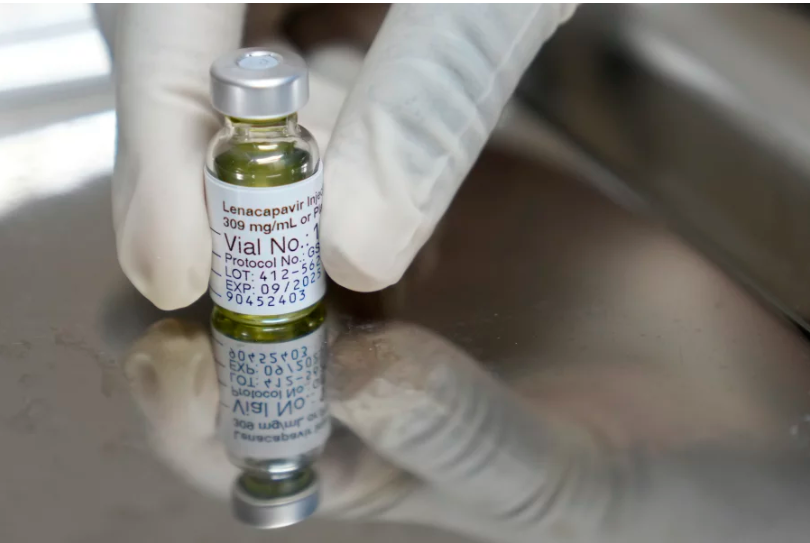Dr Abhishek Bansal : Sr. Consultant and Head, Department of Interventional Radiology, Sri Balaji Action Medical Institute and Action Cancer Hospital, New Delhi
In the rapidly advancing landscape of modern medicine, interventional radiology (IR) has emerged as a revolutionary field that marries the power of imaging technology with minimally invasive procedures. This innovative discipline has transformed the way medical conditions are diagnosed and treated, offering patients an alternative to traditional surgical methods. By leveraging the expertise of radiologists and the precision of imaging tools, interventional radiology has paved the way for safer, quicker, and more effective medical interventions across a spectrum of conditions. This article delves into the world of interventional radiology, shedding light on its techniques, applications, and its profound impact on healthcare.
The Essence of Interventional Radiology
Interventional radiology refers to a specialized branch of medicine that employs a variety of imaging modalities, such as X-rays, fluoroscopy, ultrasound, computed tomography (CT), and magnetic resonance imaging (MRI), to guide minimally invasive procedures. Unlike traditional surgeries that require large incisions, IR procedures involve small, strategically placed incisions, or sometimes no incisions at all. The radiologist’s role in interventional radiology is crucial, as they use real-time imaging to visualize internal structures, guide medical instruments, and perform precise interventions.
Techniques in Interventional Radiology
Embolization: This technique involves the use of catheters to deliver agents like tiny particles, coils, or liquids to block or reduce blood flow to certain areas. It’s used to treat conditions like uterine fibroids, aneurysms, and certain types of tumors.
Angioplasty and Stenting: These procedures are often used to treat narrowed or blocked blood vessels. A catheter with a balloon at its tip is inserted into the affected vessel and inflated to widen it. In some cases, a stent (a small mesh tube) is placed to maintain the vessel’s patency.
Radiofrequency Ablation (RFA) and Microwave Ablation: These techniques involve using heat to destroy abnormal tissues, such as tumors or abnormal growths. They are commonly used to treat liver, lung, kidney & bone tumors.
Biopsy: IR allows for guided tissue sampling using needles or catheters, enabling accurate diagnosis without the need for traditional surgery.
Percutaneous Drainage: Fluid collections or abscesses can be drained using image-guided techniques, reducing the need for invasive surgical drainage.
Applications of Interventional Radiology
Oncology: Interventional radiology has transformed cancer treatment by enabling targeted therapies. Techniques like RFA, microwave ablation, and chemoembolization allow for the localized treatment of tumors, sparing healthy tissues.
Vascular Conditions: IR plays a significant role in treating conditions like deep vein thrombosis, varicose veins, and arterial stenosis. Angioplasty, stenting, and embolization are frequently used to address these issues.
Pain Management: Chronic pain from conditions like arthritis or nerve compression can be alleviated through IR-guided procedures, such as nerve blocks or injections.
Gastrointestinal Disorders: IR is employed in treating conditions like bile duct blockages, gastrointestinal bleeding, and gastrostomy tube placements.
Urology: Kidney and urinary tract issues are often addressed using IR techniques, including kidney stone removal, stent placement, and treatment of benign prostatic hyperplasia.
Advantages of Interventional Radiology
Minimally Invasive: IR procedures typically involve smaller incisions, resulting in reduced pain, shorter recovery times, and fewer complications compared to traditional surgeries.
Accuracy: Real-time imaging allows for precise navigation and targeting of treatment areas, minimizing damage to healthy tissues.
Outpatient Procedures: Many IR procedures are performed on an outpatient basis, eliminating the need for extended hospital stays.
Reduced Risk: The risk of infection, bleeding, and other complications is lowered due to the smaller incisions and reduced invasiveness of IR techniques.
Shortened Recovery Times: Patients often experience quicker recovery times, allowing them to return to their normal activities sooner.
The future of interventional radiology holds promise. As imaging technology evolves, procedures are becoming become even more precise and personalized. Nanotechnology, robotics, and advanced imaging techniques enhance the capabilities of interventional radiology, enabling interventions at a cellular level.
Conclusion
Interventional radiology stands as a testament to the incredible synergy between medical imaging and medical intervention. By merging technology and medical expertise, IR has revolutionized patient care across a multitude of medical conditions. The field’s emphasis on minimally invasive techniques, precision, and rapid recovery has not only transformed the treatment landscape but has also improved patients’ quality of life. As technology continues to advance, interventional radiology is poised to further redefine the boundaries of what’s possible in modern healthcare.









